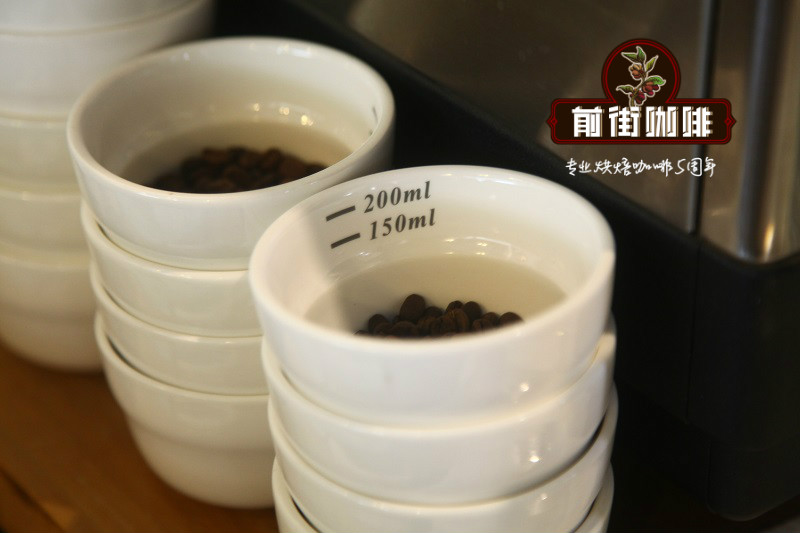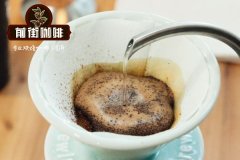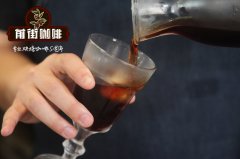2008 COE Champion | Kigali District of Rwanda | Abakundakawa Ambarkanda Cooperative | Bourbon

Professional coffee knowledge exchange more coffee bean information please follow the coffee workshop (Wechat official account cafe_style)
2008 COE Champion | Kigali District of Rwanda | Abakundakawa Ambarkanda Cooperative | Bourbon flavor?
Rwanda (Rwanda) from Central Africa, bordered by Uganda to the north, Tanzania to the east, Burundi to the south and Zaire to the west, is a truly standard landlocked country. It was first introduced by German missionaries to grow coffee in 1904, and coffee production increased significantly around 1930. Rwanda was once the ninth largest exporter of Arabica coffee in Africa. There are nearly 450000 small farmers, and the average planting area of each small farm is less than 1 hectare (about 165 coffee trees per coffee farmer). The total planting area is about 28000 hectares. Due to the relationship between climate and geographical environment and the new coffee bean treatment methods brought by the relevant coffee organizations to improve the quality, in recent years, Rwanda has almost completely adopted the water washing method to deal with raw beans, so all cooperatives and estates will share the water treatment plant to save money. Generally speaking, the water treatment plant must be surrounded by coffee farms.
In the 2008 Annual Competition of Top Coffee held by the American Fine Coffee Association (SCAA), Rwanda Aromec's top washed bourbon beans won the 2008 COE (Cup ofExcellence) Championship Award by beating the competing Blue Mountains No.1 in Jamaica and Mantenin G1 in Sumatra, thus expanding its fame and price in the coffee industry. The Abakundakawa cooperative comes from the small village of Musasa and the Rushashi water treatment plant, about 30 kilometers northwest of the capital Kigali. At present, there are about 1960 members and two water washing plants. Farmers grow high-quality coffee organically and soak raw beans for 48 hours more than twice the usual washing time to increase the characteristics of bean fermentation. Then use scaffolding exposure and a large number of manpower to pick out the bad beans that may be caused by soaking for a long time or other reasons. At the same time, Abakundakawa has been on the list of COE (Cup of Excellence) held in Rwanda for three consecutive years in 2010 (No. 3 in 2010). This shows that the level of quality control is strict, and the overall appearance of raw beans is quite similar to Kenya beans. (this batch of beans is full and beautiful.)
Abakundakawa was founded in 2004, in fact, the official name should be Abakunda Kawacoffee cooperative, mainly composed of two women's associations, namely Hinga KawaDakundakawa. Generally speaking, Rwanda's beans are smooth, with acidity and floral aromas similar to those of Yegashev and Kenya AA, sweet citrus quality with lemon and orange blossom aromas and caramel, and characteristics somewhat similar to those of East African beans in Zimbabwe and Kenya.
Coffee producing areas: the western half of the country and the central region near the capital Kigali Kigali
Coffee varieties: more than 95% are Arabica Bourbon (bourbon) and a small amount of Catuai (Kaduai) Caturra (Kaddura)
Planting height: 1200m above sea level, 1800m, flowering season starts from 9m / a to October.
Harvest time: from March to July of the next year
Flavor description:
Stone fruit, micro-flower aroma with a bit of cocoa multi-layer aroma, melons sweet, good finish, body and good acid quality, great change from hot to cold, there is a weak red wine aroma when cool, complexity is the best baking range from the end of the first explosion (City)-the beginning of the second explosion (Full City).
Qianjie recommended cooking:
Filter cup: Hario V60
Water temperature: 90 degrees
Degree of grinding: small Fuji 3.5
Cooking methods: the ratio of water to powder is 1:15, 15g powder, the first injection of 25g water, 25 s steaming, the second injection to 120g water cut off, waiting for the powder bed water to half and then water injection, slow water injection until 225g water, extraction time about 2:00
Analysis: using three-stage brewing to clarify the flavor of the front, middle and back of the coffee. Because V60 has many ribs and the drainage speed is fast, it can prolong the extraction when the water is cut off.
Important Notice :
前街咖啡 FrontStreet Coffee has moved to new addredd:
FrontStreet Coffee Address: 315,Donghua East Road,GuangZhou
Tel:020 38364473
- Prev

Introduction to Yunnan Mangzhang Manor Coffee demonstration of Solar treatment of Yunnan small Coffee beans
Professional coffee knowledge exchange more coffee bean information please follow coffee workshop (Wechat official account cafe_style) Origin: Yunnan producing area: Pu'er Mangzhang Manor Variety: Katim altitude: 11001600 picking: 114 month Technology: sun drying Yunnan small grain coffee planting history can be traced back to the end of the 19th century, Arabica was introduced into the trial by the French for a long time.
- Next

Suggestion on Honey treatment parameters of Xiaozhibaoshan Cooperative Farm in Shechong Yunnan Province
For more information on coffee beans, please follow the coffee workshop (official Wechat account cafe_style) Honey-treated coffee beans from Yunnan Province have a soft taste with a significant nutty aroma, like the taste of autumn ripeness. Late autumn, soak a cup of Yunnan coffee, smell the aroma, easily spend an afternoon, is a good time in the world. this
Related
- Detailed explanation of Jadeite planting Land in Panamanian Jadeite Manor introduction to the grading system of Jadeite competitive bidding, Red bid, Green bid and Rose Summer
- Story of Coffee planting in Brenka region of Costa Rica Stonehenge Manor anaerobic heavy honey treatment of flavor mouth
- What's on the barrel of Blue Mountain Coffee beans?
- Can American coffee also pull flowers? How to use hot American style to pull out a good-looking pattern?
- Can you make a cold extract with coffee beans? What is the right proportion for cold-extracted coffee formula?
- Indonesian PWN Gold Mandrine Coffee Origin Features Flavor How to Chong? Mandolin coffee is American.
- A brief introduction to the flavor characteristics of Brazilian yellow bourbon coffee beans
- What is the effect of different water quality on the flavor of cold-extracted coffee? What kind of water is best for brewing coffee?
- Why do you think of Rose Summer whenever you mention Panamanian coffee?
- Introduction to the characteristics of authentic blue mountain coffee bean producing areas? What is the CIB Coffee Authority in Jamaica?

